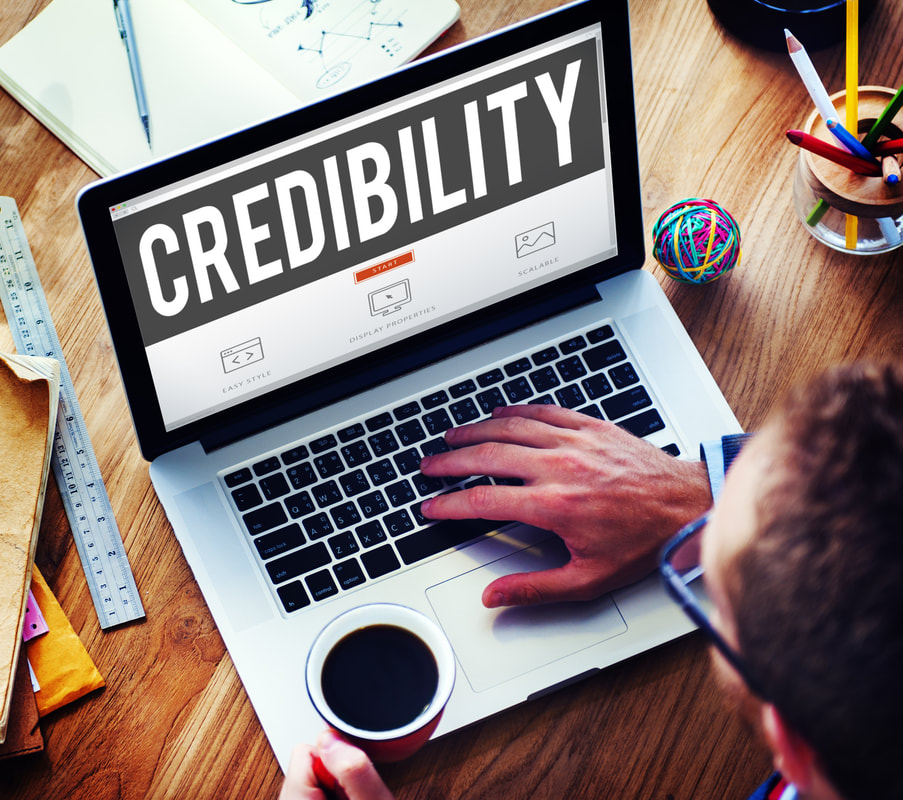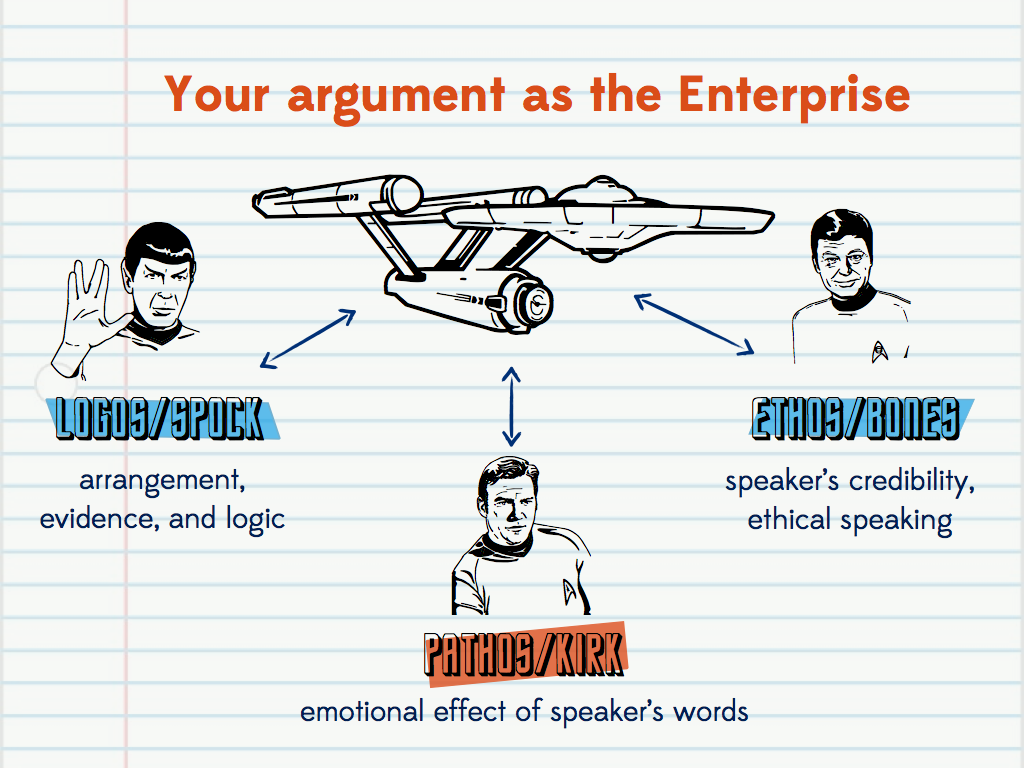A Sense of Doubt blog post #1828 - Things to Keep in Mind When Drafting a Research Paper
SUBJECT: ENG102: THINGS TO KEEP IN MIND WHEN DRAFTING
If you have not started already, then it’s time to start writing your research paper to complete a first draft by Monday 2/24.
The first draft should be as complete as you can make it, though it may be missing a conclusion and an introduction and all your sources may not be annotated.

RESEARCH
It all starts with research. By the time you finish this project, you may not be an expert on your subject, but you will likely know more about it than anyone else in the room.
WORKING BIBLIOGRAPHY - This accumulation of sources begins with the working bibliography. If yours is not now filled with over 30 sources and many notes, then you are far behind the work curve.
FOCUS, TOPICS, AND THESIS
As you research your subject, you are not just accumulating materials to explore information, you are obtaining materials to focus your ideas, organize your subject by topics, and ultimately construct a complex, multi-part thesis that argues your ideas in a rich, deep, and substantial way.
SORT - CATEGORIES
We discussed sorting the working bibliography by lenses, categories, perspectives, types of sources, especially scholarly versus non-scholarly sources and credible sources apart from extra materials that may not be credible but may be needed for your project.
Keywords will be your guide. Examining keywords in results via library search lead to more sources. Dissect source titles, mine key words and abstracts, refine searches, and search again, and again, and again. Group results by category. Make notes. Keep searching.
Examine this (which we will look at again under credibility):
https://lemierecomp.weebly.com/research-new.html
WHAT IS SCHOLARLY?
Searching in the library with the “peer-reviewed. Scholarly” filter checked produces articles from academic journals that qualify. Nothing else qualifies as scholarly.
These may be found via Google Scholar, also, but you may hit a pay wall and in the library you will not.
BALANCE
Though the minimum number of scholarly sources is set at five, you must still maintain balance. If you have the minimum sources (ten) for the project and five are scholarly, then you have perfect balance, but you may not meet expectations despite meeting the minimum if you project’s subject and your content need more sources to do the job.
If you have twenty-five sources and only five are scholarly, then you DO NOT have balance. Not that your ratio must be 50-50, but it should be better than 20-80.
Also, issues of credibility. If you have twenty-five sources listed in your works cited, and fifteen are of dubious credibility or lack credibility, then you have the same problem in different clothes.
VARIETY
You should strive to have a variety of sources.
When we ask you to research and find materials both scholarly and popular, we mean mostly published ARTICLES WRITTEN by people with names. It’s even better to have primary sources than secondary. Many journalistic accounts are secondary. Radical Evolution is a journalistic account and thus a secondary source, whereas a scholarly publication by Joe Bietlizki on his research and studies would be considered primary.
Still, you are encouraged to have other types of sources as well, such as news accounts, books, blogs, interviews, podcasts, videos, Facebook posts, FOX news accounts, and so on. HOWEVER, you must vet your sources carefully. Though there are times to use a Facebook post as it is essential to your subject or use a FOX news account with a dubious perspective for a specific reason, if you have twenty, non-authored, non-written, non-publication materials, you have missed the boat on credibility, variety, and scholarly requirements.
Likewise, if you list fifteen books and that’s all, you do not have variety, you do not have qualifying scholarly articles, and you may not have credible sources as books are not automatically credible.
Look at pages 162-167 in The Curious Researcher for more ways to find sources.

CREDIBILITY
Examine this page by Amber Lemiere:
https://lemierecomp.weebly.com/evaluating-credibility.html
You must EVALUATE your sources both in the search process AND in the end as you complete annotated bibliography. Despite the leeway to use the occasional source of dubious credibility for a specific reason (Facebook, Twitter, Fox News), your sources must be credible.
But what do we mean by credible?
Examine the Evaluating Sources section at the link.

PREPPING to DRAFT:
Gathering materials and creating focus is a first step. But do not put all your time into research forsaking writing as the deadline for the rough draft looms. You should have at least eight hours of time into researching and reading sources, but eventually, you may wish to begin writing sections that begin to emerge that you know will probably find their way into your project. At a certain stage in the process the ideal student will start drafting the project while concurrently continuing to research, especially as information needs arise in the writing process. (Page 115 - The Curious Researcher - “Writing in the Middle”)
Let your research guide these early writings. For example, in a paper on queer representation, one might start with the stereotypes, such as the sissy. In fact, in such a project, ultimately all queer representation (LBGTQI) may be too broad and the writer may need to limit scope focusing the majority of content to gay male representation with some tacit nods lesbian, intersex, bisexual, and other queer representations in minor sections that discuss the limits of the project.
Lenses may make good early section: history, culture, psychology.
In this paper, I know I want to analyze stereotypes (sissy), the closet (repression), heteronormative messages (Will and Grace v. Dawson’s Creek), homophobia, the AIDS crisis, and so on. I can start to write these sections as I research.
I am writing from the MIDDLE OUT. I am not writing the introduction and conclusion yet. I may leave those for last. I am not writing the argument yet, though I am starting to see all the parts of my argument emerge as I write toward a call to action for change and consider the counter arguments of MY INTENDED AUDIENCE.
INDEPENDENT CORROBORATION & WEAVING AND LAYERING
As you write, you need to think about several complex issues, which we have already discussed, such as paragraph structure (PIE), section structure (lenses), flow (transitions), Toulmin or other argument structure (parts - counter arguments especially), and overall project structure (where is the thesis? How is the purpose communicated? Delayed thesis structure? Does all the content advance a thesis and end with a call to action?).
You also need complexity and depth. Start with a core idea, like my example of the stereotype of the sissy. Work with one source as your core and build the content around a single PIE format. Then weave and layer in more materials to corroborate the core source.
It is an outcome expectation for this course that by and large your ideas are supported from multiple, diverse, credible authorities.
Take another example that may work better for my point. I start by arguing that fewer crimes are committed by people with permits to carry concealed weapons than those without such permits. I have a statistic in my core source that only 5% of gun-related crimes in the country were committed by such people since 2015. Can I corroborate this “fact”? Can I find multiple perspectives on that fact? Are there contrasting views? Can I find the truth?
Or back to my sissy stereotype. What have others written about the stereotype? How many examples can I find? What analytical criticisms exist? Are there articles in defense of the stereotype or of movies in which it was used?
I weave in these ideas. I layer and layer more IE-IE-IE repetitions to my base PIE structure. Ultimately, I may have multiple paragraphs. Ultimately, I link these paragraphs together with transitions that advance my thesis. As I write, I begin to see a section develop. I may have multiple paragraphs on various facets of a complex idea. I am using my research. I am using multiple perspectives. I am adding depth to my idea not breadth. And I can see focus emerge. Maybe I need to JUST focus on concealed weapon laws? Or JUST write about the persistence of stereotypes?
If you cannot do this work with your subject, then you have not chosen a good subject as I feared in many cases, though I have approved you all to proceed.
WHEN THE EXPERTS DISAGREE
Look at the section starting on page 170.
WRITING WITH SOURCES (Blending)
Pages 207 - 219 - The Curious Researcher
Let’s look at these links and think about how we use information.
WORKING WITH INFORMATION
https://lemierecomp.weebly.com/information.html
SIPs AND CITING
https://lemierecomp.weebly.com/sip-format-workshop.html
https://lemierecomp.weebly.com/signal-phrases.html
https://lemierecomp.weebly.com/parentheses.html
and again
https://lemierecomp.weebly.com/research-new.html

RHETORIC - JOURNALISTS
https://lemiere102.weebly.com/week-seven.html

These directives and notes are a first glance at process and concerns and are incomplete as we may both think of additional items.
Let me know if you have questions as you work through your process.
peace and love,
Chris Tower
your friend in learning
https://sensedoubt.blogspot.com/

+++++++++++++++++++++++++++++++++++++++++++++++++++++++++++++++++++++++
+++++++++++++++++++++++++++++++++++++++++++++++++++++++++++++++++++++++
+++++++++++++++++++++++++++++++++++++++++++++++++++++++++++++++++++++++
- Bloggery committed by chris tower - 2002.19 - 10:10
- Days ago = 1691 days ago
- New note - On 1807.06, I ceased daily transmission of my Hey Mom feature after three years of daily conversations. I plan to continue Hey Mom posts at least twice per week but will continue to post the days since ("Days Ago") count on my blog each day. The blog entry numbering in the title has changed to reflect total Sense of Doubt posts since I began the blog on 0705.04, which include Hey Mom posts, Daily Bowie posts, and Sense of Doubt posts. Hey Mom posts will still be numbered sequentially. New Hey Mom posts will use the same format as all the other Hey Mom posts; all other posts will feature this format seen here.

No comments:
Post a Comment